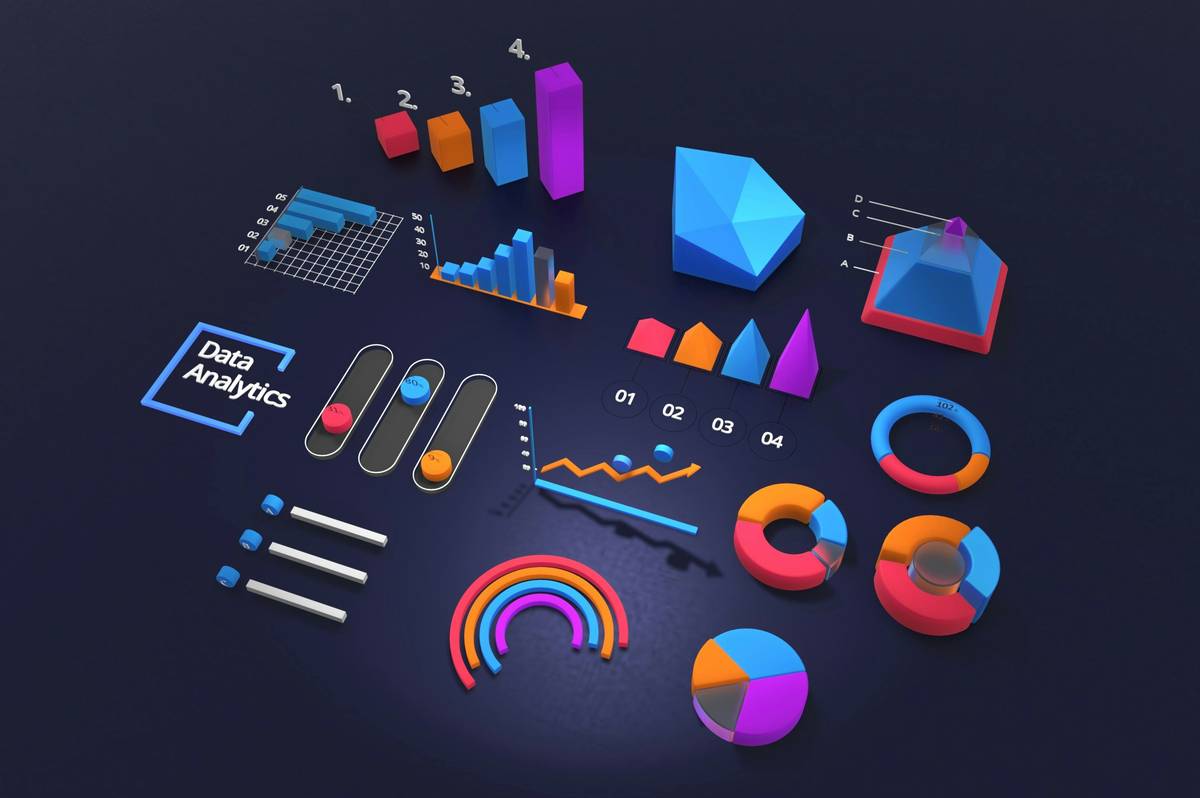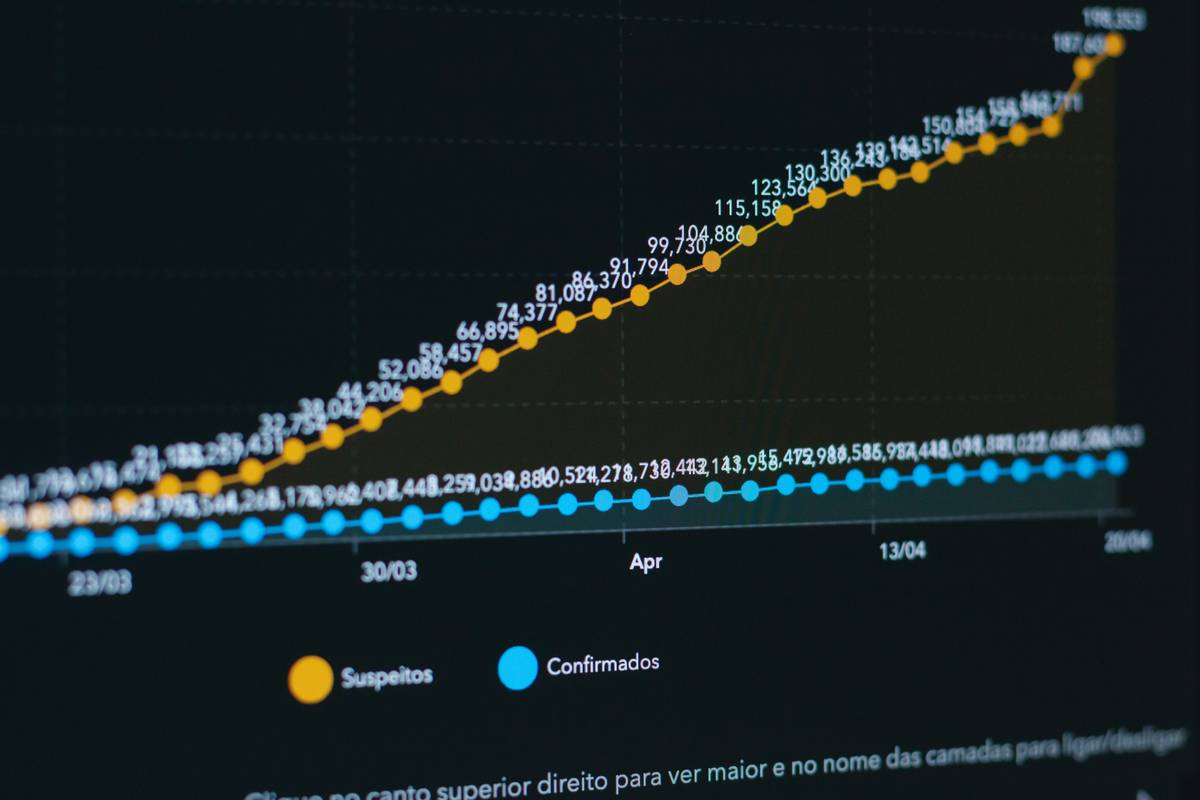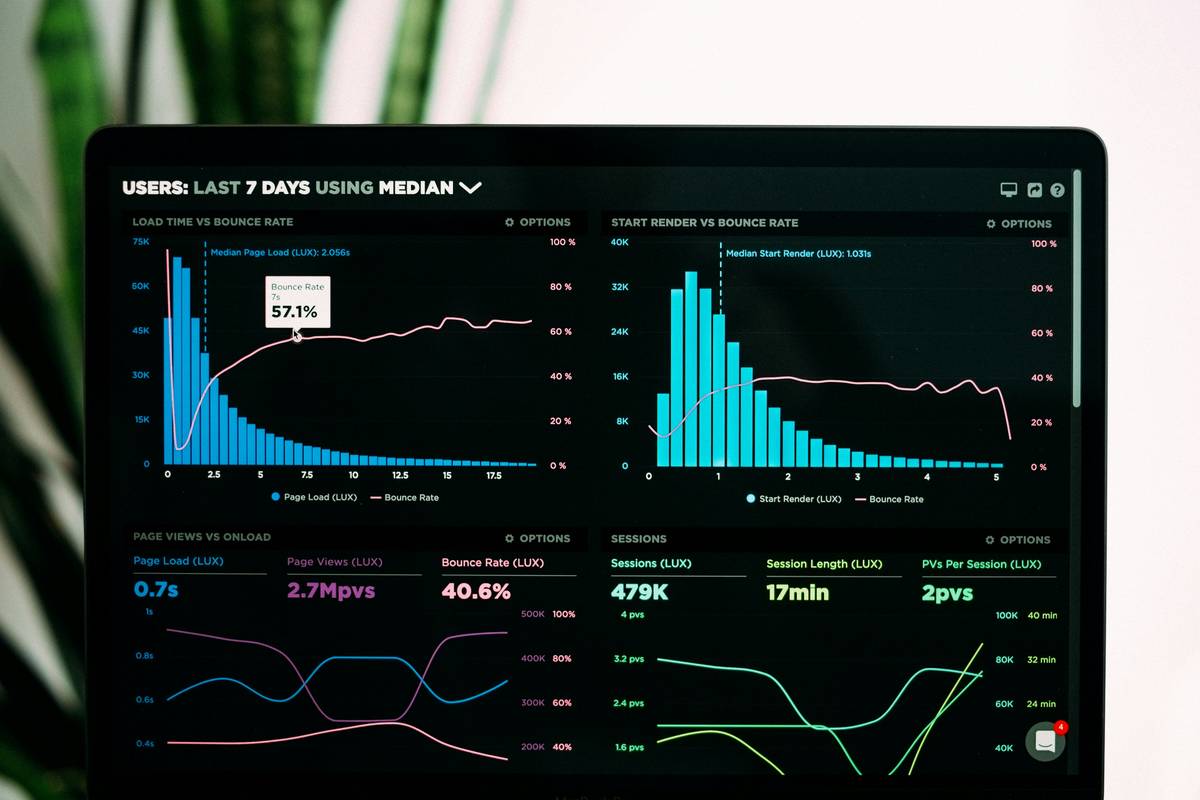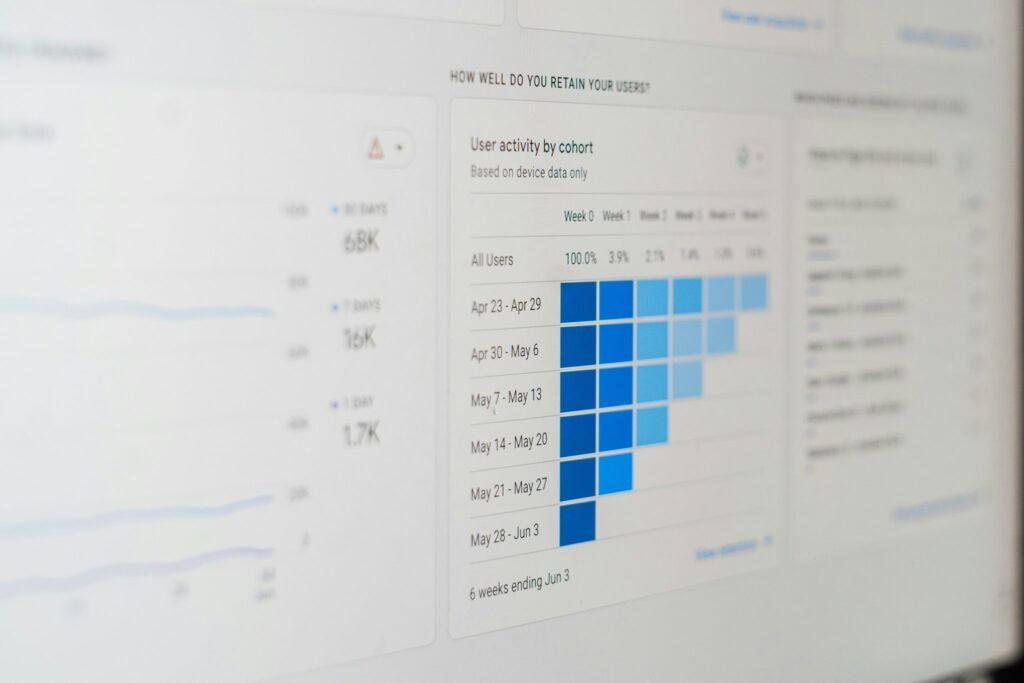Ever spent hours brainstorming social media posts, only to get crickets in return? Yeah, us too. What if we told you there’s a smarter way to predict what works before you hit “post”? Enter predictive analytics for social media. This isn’t just another buzzword—it’s your ticket to outsmarting algorithms and engaging audiences like a pro.
In this guide, you’ll discover:
- Why predictive analytics is more than just fancy math.
- A step-by-step breakdown of how to implement it.
- Actionable tips and real-world examples to inspire confidence.
Table of Contents
- Key Takeaways
- The Problem with Guesswork in Social Media Management
- Step-by-Step Guide to Using Predictive Analytics
- Tips & Best Practices
- Examples & Case Studies
- FAQs
Key Takeaways
- Predictive analytics helps you forecast trends and audience behavior on social platforms.
- It combines historical data, machine learning, and advanced algorithms to make informed decisions.
- Tools like Sprout Social and Hootsuite Insights simplify implementation.
- The wrong approach can lead to analysis paralysis—don’t drown in numbers!
The Problem with Guesswork in Social Media Management
“I once scheduled an entire campaign around Taco Tuesday…on a Wednesday. RIP engagement.”
Social media managers often feel like they’re playing darts blindfolded. Sure, some posts stick—but most miss the mark. That’s because traditional trial-and-error tactics rely heavily on guesswork. How do you know which type of content will resonate tomorrow? Or whether your budget is being wasted targeting the wrong demographics?

This uncertainty leads to inefficiency, burnout, and underwhelming results. But what if I told you that predictive analytics for social media could change all that? By analyzing past performance and identifying patterns, it eliminates much of the guesswork—and boosts your ROI in the process.
Optimist You: “Data-driven strategies sound amazing!”
Grumpy You: “Ugh, fine—but only if coffee’s involved.”
Step-by-Step Guide to Using Predictive Analytics
Step 1: Understand Your Data Sources
Predictive analytics starts with quality data. Collect insights from:
- Social platform analytics tools (e.g., Instagram Insights, Facebook Analytics).
- Third-party tools like Google Trends or Brandwatch.
- Your own CRM or customer databases.
Mix these sources together, and you’ve got yourself a cocktail of data points waiting to spill secrets about your audience.
Step 2: Invest in the Right Tools
Don’t reinvent the wheel—use dedicated software like:
- Sprout Social: Perfect for tracking sentiment and predicting peak times for posting.
- Hootsuite Insights: Combines AI and human input for trend forecasting.
- Crimson Hexagon: Advanced analytics for large-scale campaigns.
These platforms integrate seamlessly with major social networks, streamlining the process.
Step 3: Build Your Models
With data collected, plug it into predictive models using machine learning frameworks such as Python’s scikit-learn library. While technical know-how helps, no-code tools are also available for beginners.
Step 4: Test and Optimize
Run A/B tests based on predictions. For example:
- If data suggests Thursday mornings are golden, create two versions of a post—one geared toward morning users and one late-night variant—and compare outcomes.
Tips & Best Practices
- Don’t Overload Yourself: Start small; not every campaign needs predictive magic immediately.
- Balance Qualitative & Quantitative: Algorithms aren’t infallible—they don’t understand memes like humans do.
- Keep It Real-Time: Social trends move fast. Use real-time dashboards to stay agile.
- *Terrible Tip Alert:* Don’t Trust Every Trend Alert: Remember when everyone thought pineapple pizza was life-changing? Yeah, don’t go chasing every algorithmic red herring.
Examples & Case Studies
Let’s look at Wendy’s Twitter strategy—a masterclass in leveraging predictive insights:
Using sentiment analysis and trending topics detection, Wendy’s identified opportunities to engage with younger audiences through witty replies and viral hashtags. Their “baconator” campaigns saw a 70% increase in mentions after deploying predictive analytics to optimize timing and tone.

Another example? Nike’s use of geographic data helped them tailor local campaigns, resulting in a 150% boost in regional sales during events flagged by predictive models.
FAQs
What Is Predictive Analytics for Social Media?
It’s the practice of using historical data and advanced algorithms to forecast future social media trends, behaviors, and outcomes.
Do I Need Coding Skills?
Nope! Many user-friendly tools require zero coding knowledge. However, basic familiarity with spreadsheets helps.
How Accurate Are Predictions?
Accuracy depends on data quality and model complexity. Even imperfect predictions beat random guesses, though.
Can Small Businesses Afford It?
Absolutely. Affordable solutions exist, like Zoho Social or Buffer Analyze, designed specifically for SMBs.
Conclusion
Predictive analytics for social media isn’t science fiction—it’s here and ready to revolutionize your management game. Armed with actionable steps, expert tips, and inspiring case studies, you now have everything you need to take control.
So grab that data, fire up those tools, and start crushing your KPIs like never before. Just remember—data guides, but creativity drives. Now go forth and conquer!
Like MySpace in 2005, your brand deserves a comeback story powered by smart tech.


